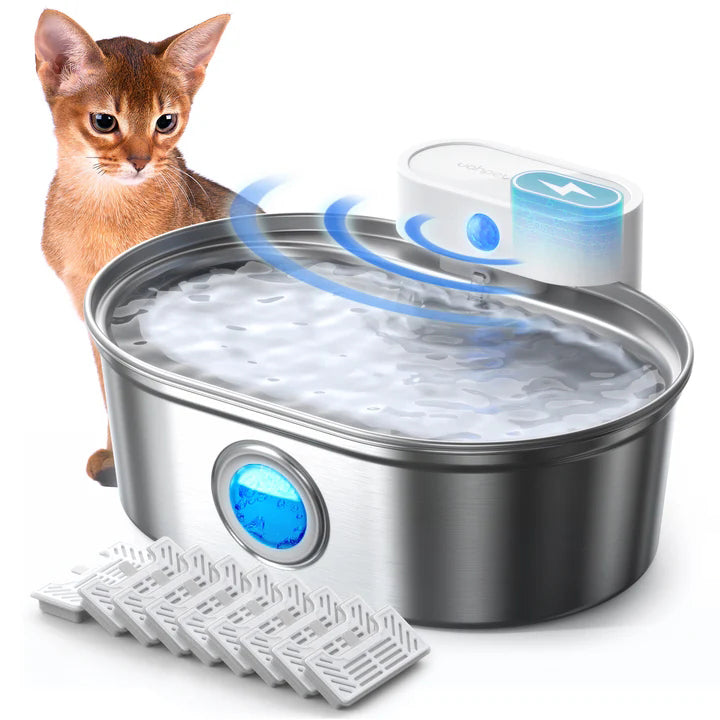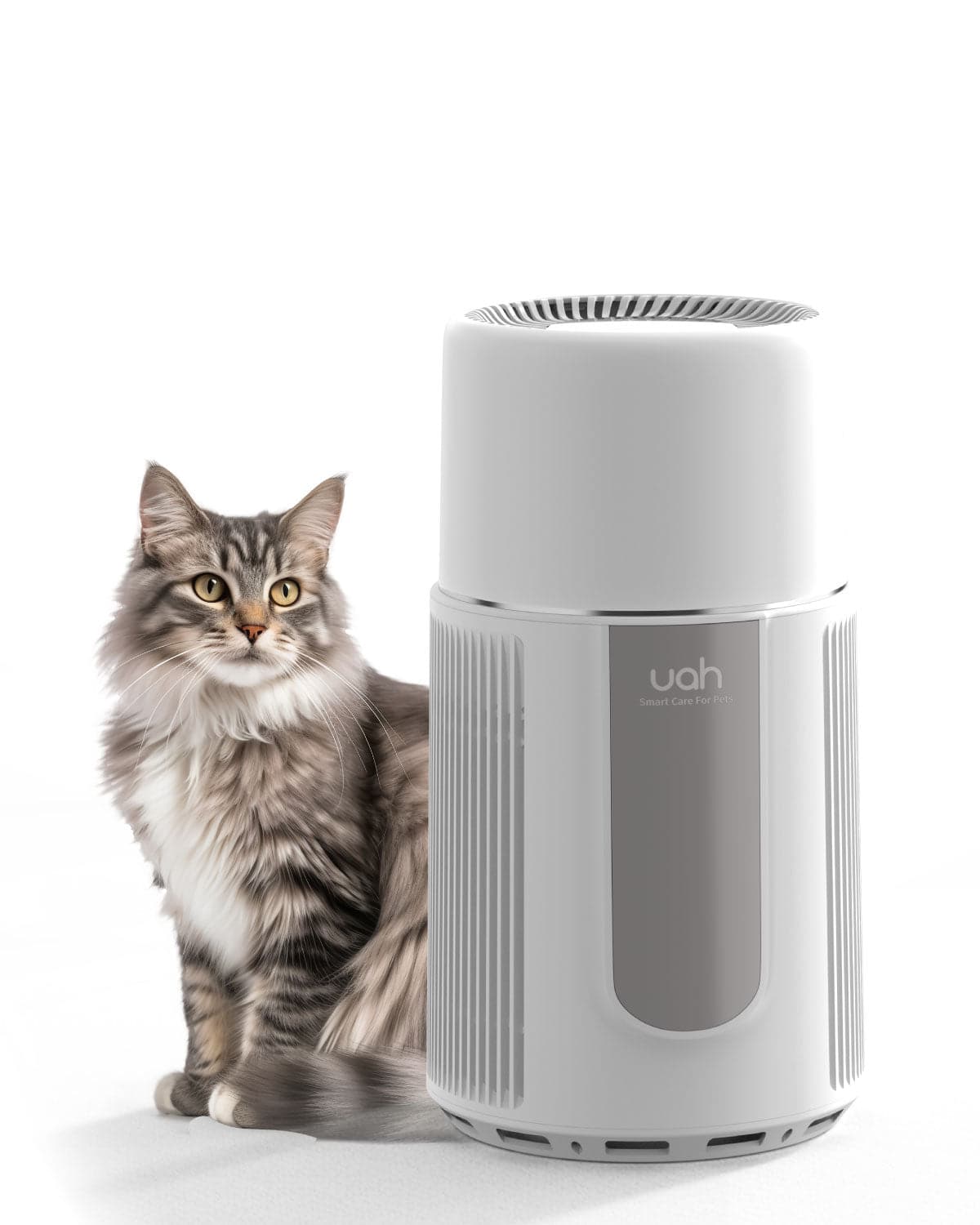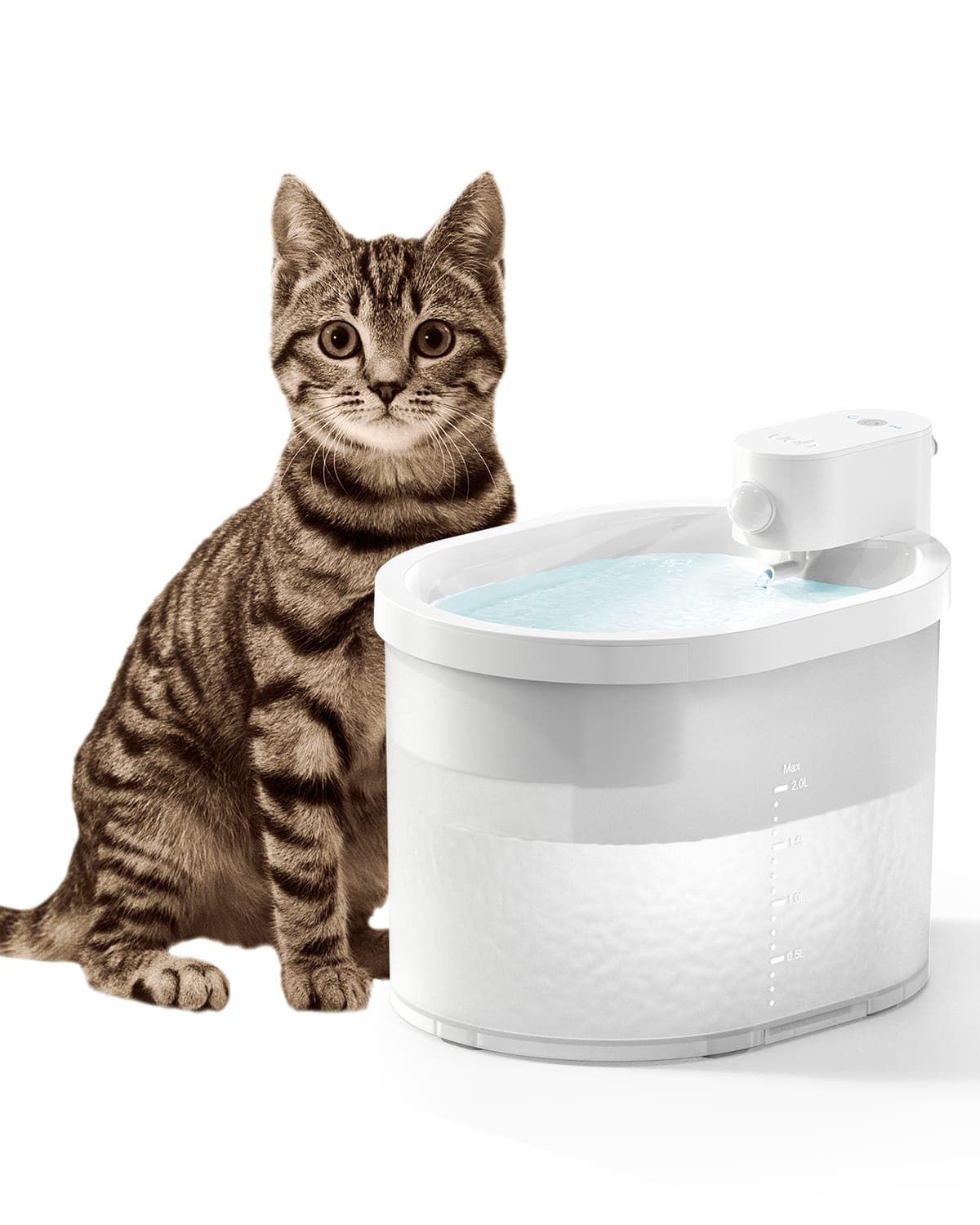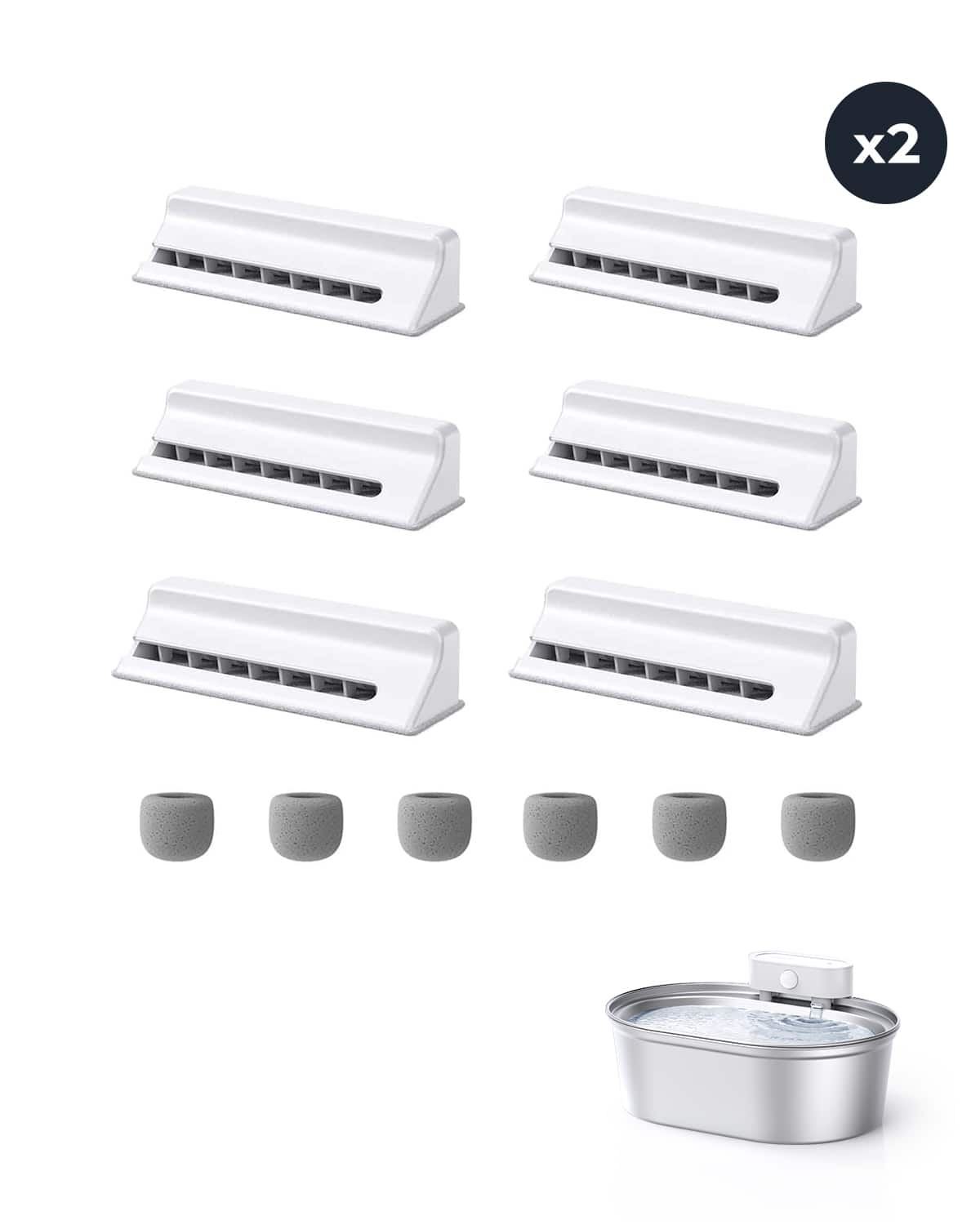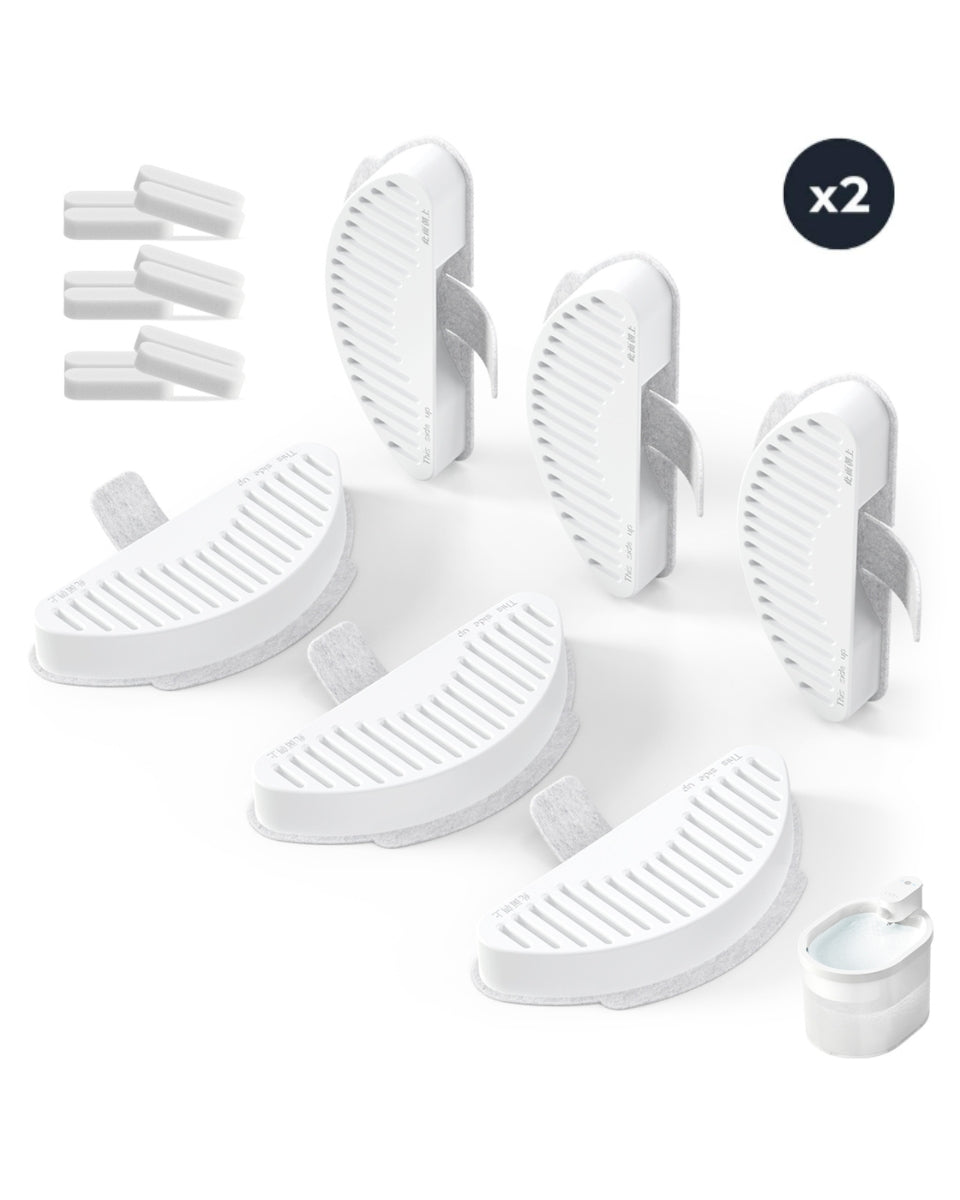In today's world, maintaining a healthy indoor environment is more important than ever. With the increasing awareness of air pollution and its effects on health, many people are turning to air purifiers to improve the quality of the air they breathe. However, for those who have plants and pets, the need for a specialized solution becomes even more critical. An air purifier for plants and pets is designed to address the unique challenges posed by these living beings, ensuring that your home remains a safe and healthy space for everyone.
The Importance of Clean Air for Plants and Pets
Plants and pets are more than just companions; they are integral parts of our lives. However, they also contribute to the indoor air quality in ways that many people may not realize. Pets shed dander, hair, and sometimes even odors, while plants can release pollen and other particulates into the air. These factors can lead to a buildup of allergens and pollutants, which can affect both humans and animals.
An air purifier for plants and pets is specifically designed to tackle these issues. By filtering out pet dander, pollen, and other airborne particles, these purifiers help to create a cleaner and healthier environment. This is particularly important for individuals who suffer from allergies or respiratory conditions, as well as for pets and plants that are sensitive to air quality.
How Air Purifiers Work
Air purifiers function by drawing in air from the surrounding environment and passing it through a series of filters. These filters are designed to capture various types of pollutants, including dust, allergens, and even odors. The purified air is then released back into the room, resulting in a cleaner and fresher atmosphere.
When it comes to air purifiers for plants and pets, the focus is on capturing the specific pollutants that are associated with these living beings. For example, HEPA filters are highly effective at trapping pet dander and pollen, while activated carbon filters can help to neutralize odors. Some purifiers also include additional features, such as UV-C light, which can kill bacteria and viruses, further enhancing the air quality.
Benefits of Using an Air Purifier for Plants and Pets
There are numerous benefits to using an air purifier for plants and pets. One of the most significant advantages is the improvement in air quality. By removing allergens and pollutants from the air, these purifiers can help to reduce the risk of respiratory issues and allergies, both for humans and animals.
Another benefit is the reduction of odors. Pets, especially those that spend a lot of time indoors, can sometimes produce unpleasant smells. An air purifier with an activated carbon filter can help to neutralize these odors, leaving your home smelling fresh and clean.
For plant enthusiasts, an air purifier can also help to maintain the health of their plants. By removing pollutants from the air, these purifiers can create a more favorable environment for plant growth, leading to healthier and more vibrant plants.
Choosing the Right Air Purifier for Plants and Pets
When selecting an air purifier for plants and pets, there are several factors to consider. One of the most important is the type of filter used. HEPA filters are highly effective at capturing small particles, such as pet dander and pollen, making them an excellent choice for households with pets and plants.
Another consideration is the size of the purifier. It's essential to choose a purifier that is appropriately sized for the room in which it will be used. A purifier that is too small may not be effective, while one that is too large may be unnecessarily expensive and consume more energy.
Additional features, such as UV-C light or ionizers, can also be beneficial. However, it's important to weigh the pros and cons of these features, as they may not be necessary for every household.
Maintenance and Care
To ensure that your air purifier for plants and pets continues to function effectively, regular maintenance is essential. This includes replacing the filters as recommended by the manufacturer, as well as cleaning the unit itself to remove any dust or debris that may have accumulated.
It's also important to monitor the air quality in your home regularly. This can be done using an air quality monitor, which can help you to determine when the purifier needs to be run more frequently or when the filters need to be replaced.
Tips for Maximizing the Effectiveness of Your Air Purifier
There are several steps you can take to maximize the effectiveness of your air purifier for plants and pets. One of the most important is to ensure that the purifier is placed in the right location. Ideally, it should be positioned in a central area of the room, where it can draw in air from all directions.
Another tip is to keep the doors and windows closed while the purifier is running. This will help to prevent outdoor pollutants from entering the room and reduce the workload on the purifier.
Finally, it's essential to maintain a clean environment. Regularly vacuuming and dusting can help to reduce the amount of pollutants in the air, making it easier for the purifier to do its job.
Common Misconceptions About Air Purifiers
There are several common misconceptions about air purifiers that can lead to confusion. One of the most prevalent is the belief that air purifiers can completely eliminate all pollutants from the air. While air purifiers are highly effective at reducing the levels of pollutants, they cannot completely eliminate them.
Another misconception is that all air purifiers are the same. In reality, there are many different types of air purifiers, each designed to address specific types of pollutants. It's essential to choose a purifier that is tailored to your specific needs, particularly if you have plants and pets.
The Future of Air Purifiers for Plants and Pets
As technology continues to advance, the future of air purifiers for plants and pets looks promising. Innovations in filter technology, as well as the development of new features, are likely to make these purifiers even more effective at improving indoor air quality.
One area of potential growth is the integration of smart technology. Smart air purifiers can be controlled remotely using a smartphone app, allowing users to monitor and adjust the air quality in their homes from anywhere. This can be particularly useful for individuals who are frequently away from home or who have busy schedules.
Another area of innovation is the development of more energy-efficient purifiers. As concerns about energy consumption and environmental impact continue to grow, manufacturers are likely to focus on creating purifiers that are both effective and eco-friendly.
By investing in an air purifier for plants and pets, you can take a proactive step towards improving the air quality in your home. Not only will this benefit your health and well-being, but it will also create a more comfortable and enjoyable environment for your plants and pets. With the right purifier, you can breathe easier knowing that you are providing the best possible care for your loved ones.


